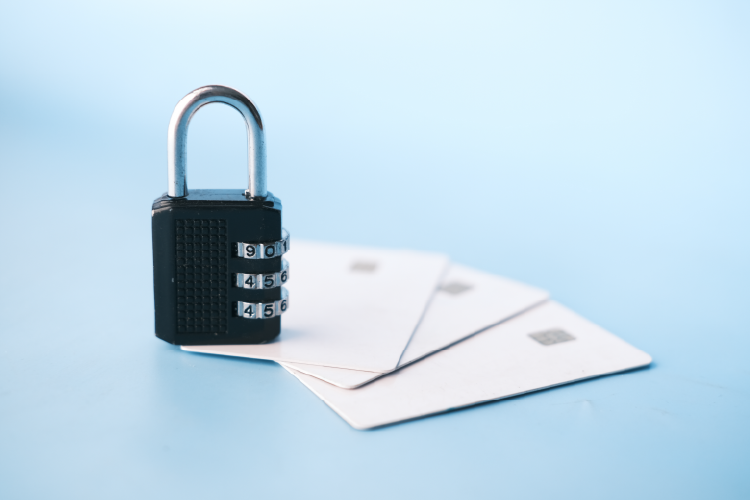How to Use a VPN for Secure Online Banking and Shopping on Mobile

Why a VPN is Essential for Online Banking and Shopping
In today’s digital world, online banking and shopping have become routine, but they come with security risks. Cybercriminals actively target financial transactions, attempting to intercept sensitive data such as credit card numbers, login credentials, and banking details. A VPN (Virtual Private Network) encrypts your internet connection, making it significantly harder for hackers to access your data.
Common Security Threats in Online Banking and Shopping
When making financial transactions on mobile devices, you might be exposing yourself to threats like:
- Public Wi-Fi Snooping: Unsecured public networks allow attackers to intercept your data.
- Man-in-the-Middle Attacks: Cybercriminals can position themselves between you and the bank’s server to steal data.
- Phishing Attacks: Fraudulent websites trick users into providing sensitive information.
- Malware and Keyloggers: Malicious software records keystrokes to capture login details.
How a VPN Enhances Security for Financial Transactions
By using a VPN while banking or shopping online, you benefit from:
- Encryption: VPNs use military-grade encryption to secure your connection.
- Privacy: Your real IP address is hidden, reducing the risk of targeted attacks.
- Secure Connections: VPNs create a direct tunnel to banking servers, preventing interception.
Best Practices for Secure Online Banking and Shopping with a VPN
To maximize security, follow these best practices:
1. Always Connect to a VPN Before Logging In
Before accessing your bank account or entering payment details, ensure your VPN is active to encrypt your data.
2. Use Strong, Unique Passwords
Avoid reusing passwords across multiple accounts. Use a password manager to generate and store complex passwords.
3. Enable Two-Factor Authentication (2FA)
2FA adds an extra layer of security, requiring a second verification step beyond just a password.
4. Avoid Public Wi-Fi for Financial Transactions
Public Wi-Fi networks are hotspots for cybercriminal activity. If you must use them, always connect through a VPN.
5. Verify Website Security
Ensure the website URL starts with https://, indicating it has SSL encryption.
6. Keep Your Apps and Software Updated
Outdated apps and software are vulnerable to attacks. Enable automatic updates for your banking apps.
7. Monitor Your Accounts Regularly
Regularly check your bank statements for any suspicious transactions and report them immediately.
Using a VPN is a crucial step in securing your online financial transactions. By following these best practices, you can significantly reduce your risk and enjoy peace of mind while banking and shopping online.